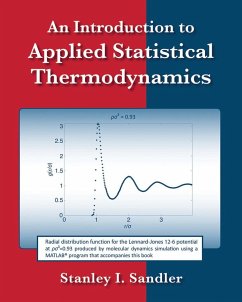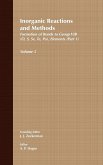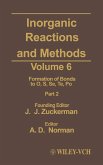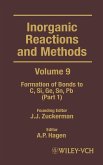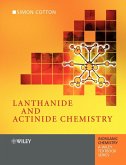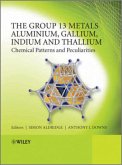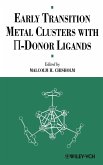One of the goals of An Introduction to Applied Statistical Thermodynamics is to introduce readers to the fundamental ideas and engineering uses of statistical thermodynamics, and the equilibrium part of the statistical mechanics. This text emphasises on nano and bio technologies, molecular level descriptions and understandings offered by statistical mechanics. It provides an introduction to the simplest forms of Monte Carlo and molecular dynamics simulation (albeit only for simple spherical molecules) and user-friendly MATLAB programs for doing such simulations, and also some other calculations. The purpose of this text is to provide a readable introduction to statistical thermodynamics, show its utility and the way the results obtained lead to useful generalisations for practical application. The text also illustrates the difficulties that arise in the statistical thermodynamics of dense fluids as seen in the discussion of liquids.

